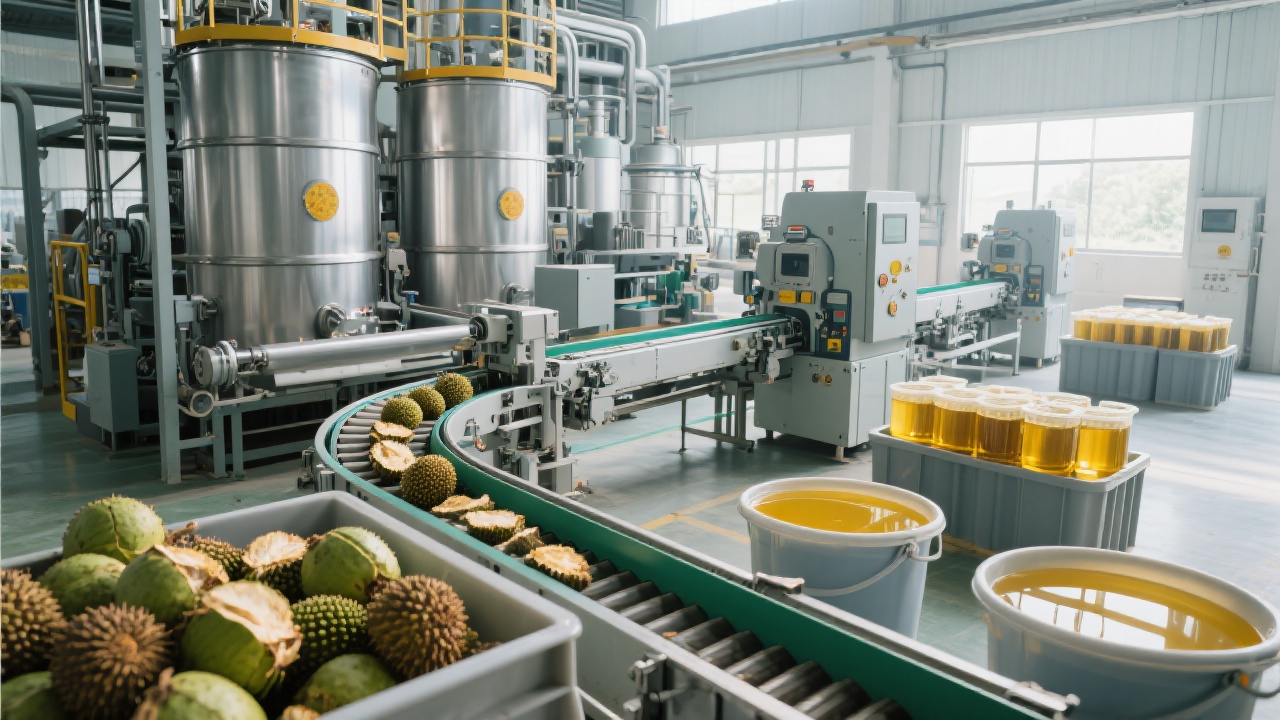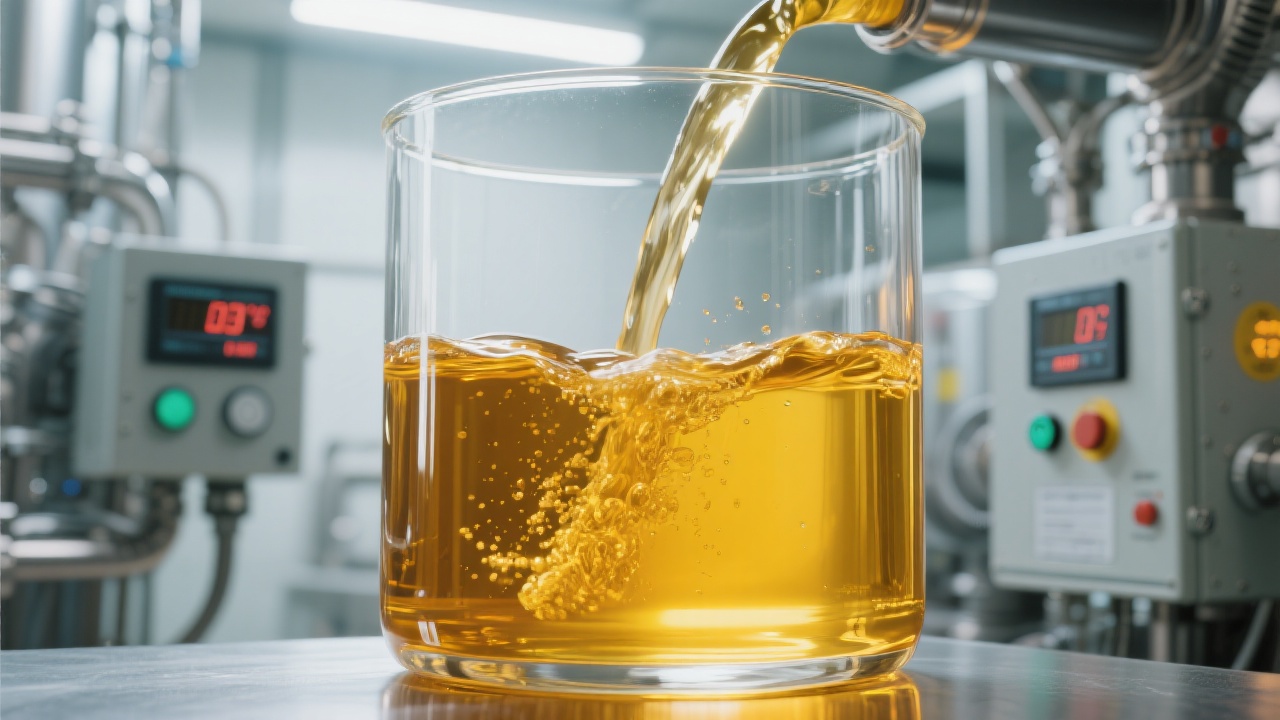
Efficient pre-processing is fundamental to maximizing yield and maintaining oil quality in medium-sized screw oil presses. The pre-treatment stage directly influences pressing performance, especially when dealing with diverse oilseeds such as sunflower and sesame. This article unpacks critical steps—ranging from raw material cleaning to particle size control and steaming parameters—while offering data-backed best practices to resolve frequent issues like material blockages and excessive oil residue in press cakes.
Inconsistent or insufficient raw material preparation leads to frequent equipment downtime and deteriorated oil extraction efficiency. The primary process begins with thorough cleaning to remove impurities such as dust, sticks, and stones that can cause blockages or damage internal parts.
Subsequently, controlling the crushing particle size to an optimal range of 2-4 mm is essential. For sunflower seeds, slightly coarser particles near 3.5 mm favor oil release while maintaining cake integrity. Sesame, having smaller seeds, performs better at 2-3 mm crush size to prevent clogging without compromising pressing efficiency.
Steaming or roasting the crushed material before pressing softens cell walls and improves oil release. However, exceeding ideal temperature—generally 110–130°C for 25–30 minutes—can lead to oil degradation and make the material sticky, increasing the risk of blockages.
Data collected from multiple oil mills suggest that maintaining moisture content in the pretreated material between 8% and 12% helps balance flowability and oil yield. Variations in steam time and temperature should be adjusted according to the seed type for optimum results.
Cause: Blockage commonly occurs due to oversized particles, improper steaming, or the presence of foreign materials. The buildup restricts material movement, causing pressure spikes and potential equipment damage.
Solution:
Challenge: Elevated oil residue in oil cake (above 8-10%) indicates inefficient extraction, impacting plant profitability and oil waste.
Practical Measures:
Sunflower seeds typically require a more robust crushing and steaming protocol due to their harder shells and larger size. Maintaining a crush size around 3.5 mm, steaming at 120°C for 25 minutes, and moisture content near 10% has shown to reduce blockage events by 30%, while residual oil in the cake was lowered to under 7% in tested mills.
Conversely, sesame seeds, softer and smaller, benefit from a finer crush of approximately 2.5 mm with lower steam temperature (around 110°C) for 20 minutes. This prevents material compaction and eases flowability, substantially reducing the incidence of blockage and enhancing oil quality.
| Parameter | Sunflower Seed | Sesame Seed |
|---|---|---|
| Crushing Particle Size (mm) | 3.5 | 2.5 |
| Steaming Temperature (°C) | 120 | 110 |
| Steaming Time (min) | 25 | 20 |
| Moisture Content (%) | 10 | 9 |
| Oil Residue in Cake (%) | ~7 | ~8 |

To sustain optimal operation, continuous data logging of key parameters—including particle size distribution, steaming temperature & time, feed moisture, and extracting torque—enables prompt corrective actions and steady process improvement.
Developing site-specific Standard Operating Procedures (SOPs) ensures consistent quality and equipment durability, especially important as medium-sized oil presses often switch between multiple oilseed types.
Incorporating flexible control systems with adjustable screw speed and steaming parameters allows operators to tailor processing to variable raw materials. Investing in modular equipment components can reduce downtime caused by blockages and maintenance.

Addressing common pre-processing issues in medium-sized screw oil presses requires a holistic approach combining thorough raw material management, precise steam treatment, continuous data monitoring, and targeted operational control. Implementing these strategies effectively reduces blockages, lowers oil residue content, and ultimately supports enhanced productivity and oil quality.


